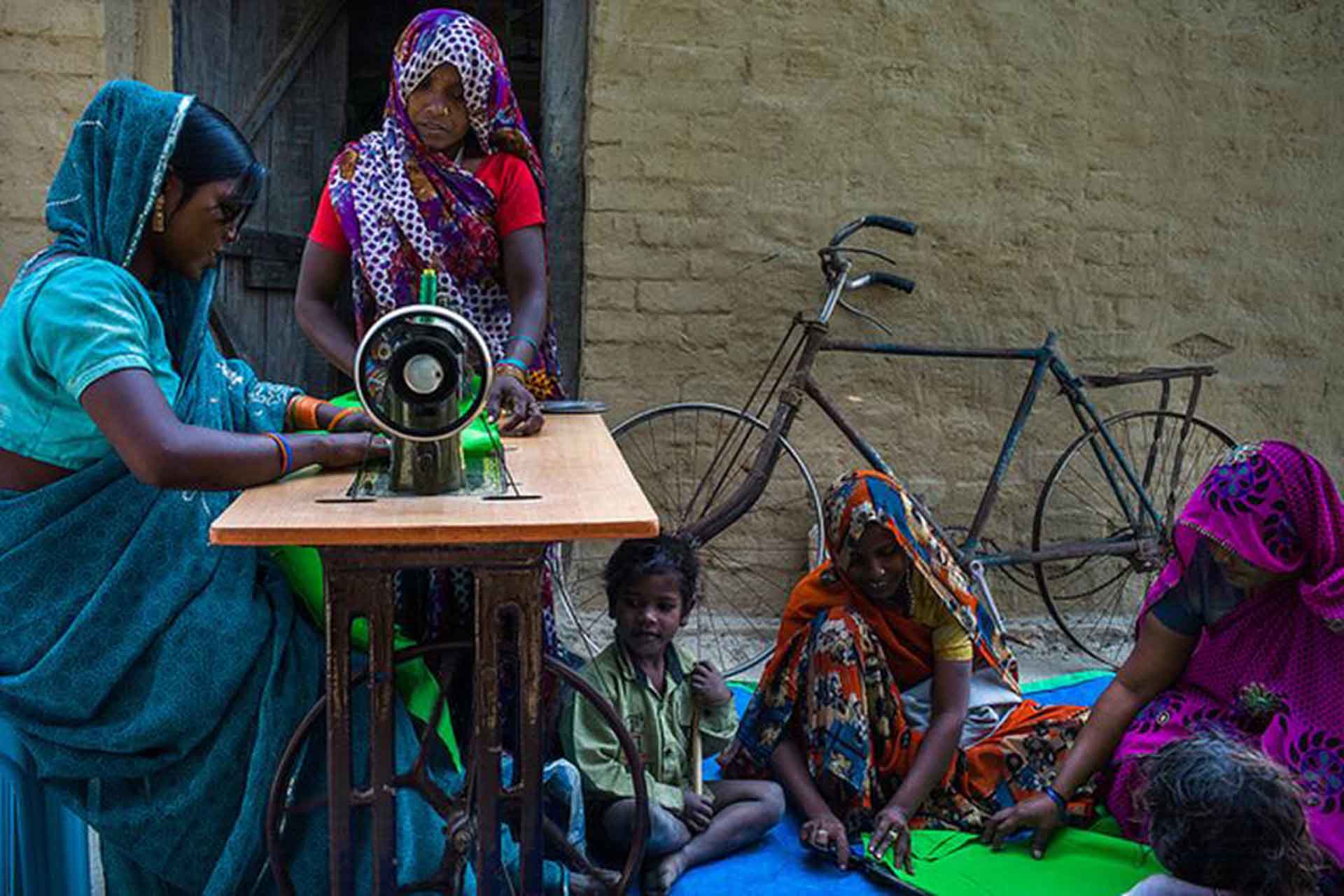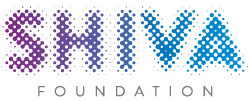
Impact measurement is at the top of the agenda right across the philanthropic sector. Every organisation wants to be able to measure its impact, both because that’s the only way to truly learn, and because a new breed of business-minded donors are asking hard questions about what is being achieved with their money.
Measuring impact is acutely important to the the organisation I lead, the Freedom Fund, as our mission is to mobilize the knowledge and capital needed to end modern slavery.
At the Freedom Fund, we are focussed on one big challenge – how to end modern slavery. This crime ruthlessly breaks the bonds of healthy human relationships and is a universal cancer on our society.
One of the key ways we bring new investors into the anti-slavery space is by showing evidence of positive change, and how we have contributed to it.
However, the fight against modern slavery brings some unique challenges to measuring impact. Slavery is nearly always hidden, in brothels, in backstreet factories, in private homes. That presents real obstacles to getting accurate data about the size of the problem and then tracking its progress when we initiate an intervention.
A further challenge is defining success. One of the Freedom Fund’s key metrics is how many people we are able to liberate from slavery. By the end of this month, the Freedom Fund will have been in operation for two very busy years.
In that time, working with our committed frontline partners in India, Nepal, Ethiopia and Thailand, we will have liberated 4,761 men, women and children from slavery and ensured 15,968 children at risk of slavery get to go to school instead.
This is a magnificent achievement and one that we are able to measure accurately, but it represents a narrow slice of the work that we support. It is for this reason that it is so important for us to measure our results, so that we can continually strive to improve them. We believe we have a responsibility to those we serve – from the more than 30 million people who are enslaved to those who entrust us to make a difference with their funds – to be the best we can be.
Many of our partners focus on longer-term prevention measures, because rolling back slavery is as much about stopping people from falling into it as it is about bringing people out. This means building up the resilience of the most vulnerable families, through education, jobs training, and community organizing.
This work is vital, but it does not lend itself to easy measurement. In other development sectors, like health, desired outcomes can be tested in a straightforward way. How have malaria infection rates dropped? How has child mortality decreased? What the Freedom Fund is interested in is how prevalence of slavery has diminished over time, but the link between our prevention activities and the number of people in slavery is harder to establish with certainty.
The same goes for our efforts to disrupt the underlying systems that drive slavery. We complement our work at the community level – the “bottom-up” approach – with top-down efforts to influence government policy, bring about new legislation, and push multinationals to clean up their supply chains.
The Freedom Fund has responded to these challenges by adopting a variety of measurement methods. We have worked with Geneva Global, our implementing partner, to establish a comprehensive data collection system that pulls in information from our partners on 20 global metrics. This provides us with an overall picture of our reach, our partners’ outputs, critical outcomes such as rescues and convictions of traffickers, and the cost of doing this work. We receive this data each quarter and can post it immediately on our website.
But to get to that next level of analysis – how have these activities affected the scale of the problem – we need to go further. That is why we are partnering with leading academic institutions to help us establish the “so what?” What happens to families whose children attend school instead of working full-time? What happens when communities are better organised to protect themselves from traffickers? In the coming months, our first study, with Harvard University, will publish its findings on a very promising program run by one of our partners in Uttar Pradesh. Further studies by the Institute for Development Studies and the London School of Hygiene and Tropical Medicine are in the pipeline.
In many ways, the Freedom Fund sees the challenge of impact measurement as an opportunity. The lack of existing data about the scale of the problem, and the need for more rigorous evidence about what anti-slavery strategies work, mean that we can make a significant contribution by documenting and sharing what we learn from our growing portfolio of programs.
Nick Grono (@nickgrono) is the CEO of the Freedom Fund.
Image credit: Sanjit Das © Legatum Limited 2015
Featured image: Former bonded labourers take stitching lessons alongside a non-formal education centre in a hamlet in Sharbatkhani Village in Bhadohi district in Uttar Pradesh, India.


